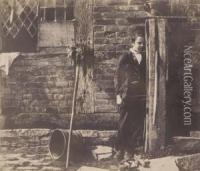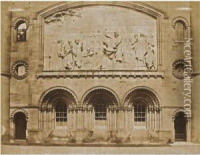Benjamin Brecknell Turner Paintings
Benjamin Brecknell Turner was a notable British photographer, born in 1815 in London. He is considered one of the first photographers in England and is renowned for his pioneering work in the field of photography during the Victorian era. Turner was particularly recognized for his landscape and architectural photographs, which captured the essence of rural England and its historical buildings with a profound depth and sensitivity. His work is characterized by its artistic composition and the innovative use of the calotype process, a paper-based early photographic technique that was a precursor to the modern photographic processes.
Turner’s interest in photography began in the early 1840s, a period when photography was still in its infancy and the domain of a few enthusiasts. He was among the first in Britain to explore the potentials of the calotype process, introduced by William Henry Fox Talbot. Turner’s fascination with the countryside and historic structures led him to travel extensively across Britain, documenting its landscapes, cottages, farms, and churches. His photographs not only serve as a visual record of Victorian England but also reflect a romantic appreciation of nature and heritage.
In 1852, Turner was one of the select photographers whose works were exhibited at the first international exhibition of photography at the Crystal Palace in London, marking a significant milestone in the recognition of photography as an art form. His contributions to early photography were further acknowledged when several of his prints were included in the seminal publication 'Photographs of British Algae: Cyanotype Impressions', considered the first book illustrated with photographic images.
Despite his significant contributions to early photography, Turner did not seek fame or extensive commercial success during his lifetime. He was a private individual who viewed photography as a personal artistic pursuit rather than a profession. After the 1850s, as photography began to evolve with new technologies and processes, Turner gradually retired from the field, focusing on his family and his leather business.
Benjamin Brecknell Turner passed away in 1894, leaving behind a legacy that has been celebrated in various retrospectives and exhibitions. His work remains an important part of the history of photography, offering insight into the early techniques of the medium and the Victorian landscape that inspired him. Turner’s photographs are preserved in several prestigious collections, including the Victoria and Albert Museum in London and the British Library, where they continue to be studied and admired for their historical value and artistic beauty.
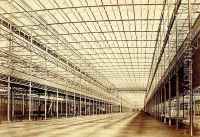
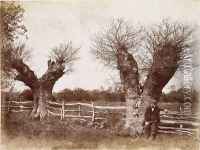
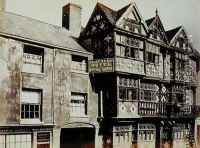
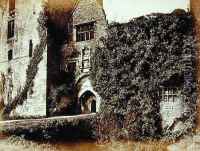
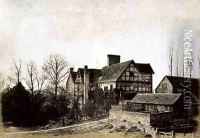
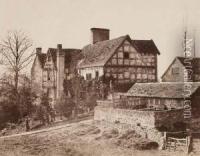
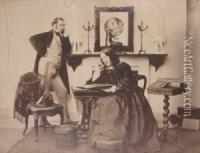
![Causeway, Head Of The Lake, Losely [sic] Park](https://www.niceartgallery.com/pic/40e86f36/1054144s.jpg)
